Disclosure: This article contains affiliate links. We may earn a commission from purchases at no extra cost to you, which helps our travel content.
The first time my daughter Amara and I ventured beyond our all-inclusive resort in Puerto Plata, we discovered what vacation memories are truly made of—authentic flavors that tell the story of a place better than any guidebook. Five years later, we've returned to this northern Dominican gem, not for the resort experience, but for the culinary journey that awaits in local kitchens, beachside shacks, and mountain villages. Join us as we explore Puerto Plata's food scene through the eyes of a dad who's learned that the best family bonding happens over a shared plate of mangú and stories from local cooks who treat you like family.
Beyond the Resort Plate: Puerto Plata's Local Food Scene
Let me be straight with you—I was once that tourist who rarely ventured beyond the resort's all-you-can-eat buffet. But after my late wife Maria convinced me to explore San Felipe de Puerto Plata (as it's formally known) with a local guide years ago, I've never looked back.
The city itself is a vibrant blend of Victorian architecture, colorful Caribbean culture, and surprisingly, baseball history that rivals my beloved Cleveland. But it's the food scene that keeps pulling us back.
Start your culinary exploration at Mercado Modelo, the central market where locals shop daily. Here, the sensory experience alone is worth the visit—mountains of tropical fruits I still can't pronounce, vendors calling out their specialties, and the intoxicating smell of fresh coffee beans. This is where I stock up on Dominican coffee to bring home, using my trusty airtight coffee canister to preserve those complex notes until I'm back in Newark.
For breakfast, skip the hotel and head to a local comedor (small restaurant) for mangú—mashed plantains topped with pickled red onions, fried cheese, and eggs or salami. Comedor Doña Julia near the central park serves the most authentic version I've found, with plantains so perfectly seasoned you'll wonder why you ever settled for pancakes.

💡 Pro Tips
- Ask for 'los tres golpes' for the full Dominican breakfast experience—mangú with fried cheese, eggs, and salami
- Most comedores are cash-only and close by early afternoon
- Learn basic Spanish food terms—pointing and smiling works, but knowing 'delicioso' goes a long way
Seafood Sanctuaries: Where the Ocean Meets Your Plate
If there's one thing that unites my passions for baseball and food, it's timing. Just as a perfect swing depends on split-second precision, the best seafood in Puerto Plata depends on catching the fishermen as they return to shore.
Each morning around 7 AM, head to Playa Costambar where local fishermen dock their colorful wooden boats laden with the night's catch. This isn't a tourist attraction—it's real Dominican life unfolding, and you're invited to participate. Bring your insulated cooler bag if you're staying somewhere with kitchen access. We've purchased fresh red snapper and had our rental apartment's caretaker show us how to prepare it the Dominican way—with a simple lime, garlic, and oregano marinade before grilling.
For those without cooking facilities, the beachside restaurant Los Charcos serves what they call 'ocean-to-table' meals. My daughter still talks about the pescado con coco (fish in coconut sauce) we shared there while watching the sunset paint the Atlantic horizon. The owner, Miguel, remembers returning visitors and treated us like long-lost family on our second visit, insisting we try his wife's special mofongo con camarones (mashed plantains with shrimp).
A meditation practice I've developed is to sit quietly with my coffee at sunrise near the fishing boats, watching the rhythm of the sea and the fishermen's practiced movements—a reminder that some traditions remain beautifully unchanged by time.
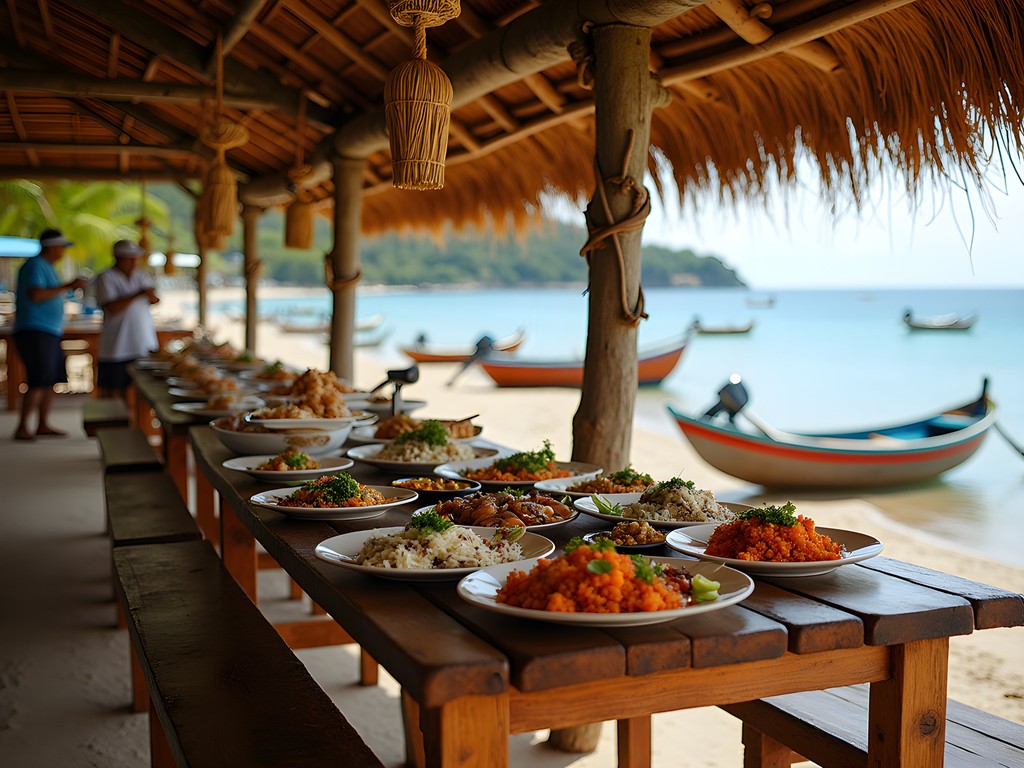
💡 Pro Tips
- Visit fishermen between 7-8 AM for the freshest catch
- At seafood restaurants, always ask 'Cuál es el pescado del día?' (What's the fish of the day?)
- Beachside eateries often look humble but serve the most authentic dishes—follow the locals
Mountain Flavors: Coffee, Chocolate, and Farm-to-Table Feasts
Puerto Plata has a secret that most resort-stayers never discover—its breathtaking mountain backdrop isn't just scenery; it's the source of some of the Dominican Republic's most remarkable flavors.
On our third day, Amara and I joined a small-group tour to the mountain community of Pedro García, about 30 minutes from the coastal resorts. Here, coffee grows in the shade of towering trees, chocolate begins its journey on cacao farms, and families prepare meals using traditions passed through generations.
The highlight was visiting Finca La Protectora, a sustainable coffee farm where we learned the entire bean-to-cup process. The farmer, Don Emilio, demonstrated how he roasts small batches over an open fire, controlling the temperature with practiced precision. I've visited coffee farms in Japan and Costa Rica, but nowhere else have I been invited to participate so intimately in the process.
After the tour, Don Emilio's wife served us a traditional mountain lunch of la bandera dominicana (the Dominican flag)—white rice, red beans, and stewed chicken—all grown or raised on their land. To properly capture the experience, I used my food photography lighting kit to document the vibrant colors and textures of this quintessential Dominican meal.
The coffee we drank that afternoon has ruined me for all other coffee—complex, fruity notes with none of the bitterness I've come to expect. We purchased several pounds, and I now use my manual coffee grinder each morning to recreate that mountain moment back home in Newark.
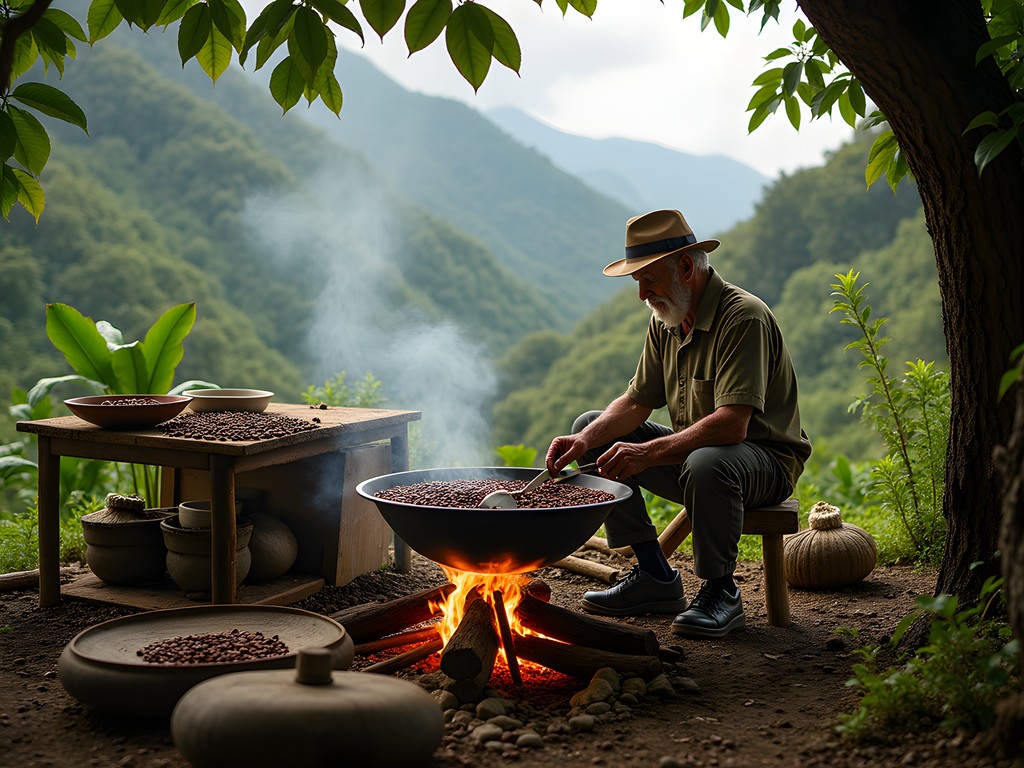
💡 Pro Tips
- Book mountain tours through local operators, not resort desks, for more authentic experiences
- Bring small denominations of cash to purchase directly from farmers
- Coffee farms are cooler than the coast—pack a light jacket even in summer
Family-Friendly Food Adventures: Cooking Classes and Market Tours
Traveling with kids—especially when they're becoming teenagers like my Amara—means finding experiences that engage their growing independence while creating shared memories. Food exploration has become our bridge across the sometimes turbulent waters of adolescence.
In Puerto Plata, we discovered Cocina de Papi, a family-run cooking school that welcomes visitors into their home kitchen. For a reasonable $45 per person, we spent a half-day learning to make pasteles en hoja (plantain and meat pockets wrapped in banana leaves) and habichuelas con dulce (sweet cream of beans), a dessert that sounds strange but quickly became Amara's obsession.
What makes this experience special is the multigenerational aspect—abuela (grandmother) oversees everything while her daughter translates and guides, and the grandchildren help with preparation. Amara connected immediately with 14-year-old Lucia, who taught her Dominican slang while they mashed plantains together.
Before cooking, we visited a local market with our host family to select ingredients, learning how to identify the perfect plantains for different dishes and how to bargain respectfully. I've found that my collapsible market tote comes in handy for these market trips—it folds flat in my daypack but expands to hold all our culinary treasures.
The class culminates in a feast where everyone sits together—tourists and host family alike—sharing stories and comparing food traditions. When Amara mentioned baseball (my lifelong passion), we discovered our host's son plays in the Dominican minor leagues, leading to an animated discussion about the country's remarkable baseball legacy that continued long after dessert.

💡 Pro Tips
- Book cooking classes at least 3 days in advance—they fill quickly in high season
- Let kids take the lead in some food decisions—Amara discovered her love for batidas (fruit smoothies) by ordering randomly
- Most cooking classes can accommodate dietary restrictions with advance notice
Sweet Endings: Desserts and Drinks Worth the Journey
No culinary exploration would be complete without indulging in the sweeter side of Puerto Plata. Dominican desserts reflect the country's agricultural abundance—tropical fruits, sugarcane, and cacao feature prominently.
Dulcería Doña Celia, a third-generation sweet shop tucked away on a side street near the historic center, became our daily ritual. Their dulce de coco (coconut candy) and dulce de leche cortada (curdled milk dessert) pair perfectly with a strong Dominican coffee. The shop looks unchanged since the 1950s, with glass cases displaying colorful confections and ceiling fans slowly turning overhead.
For a refreshing afternoon break, seek out frío frío vendors—typically older men with handcarts selling shaved ice topped with fruit syrups. My personal favorite combines tamarind and passion fruit syrups with a sprinkle of condensed milk. At around 50 pesos (less than $1), it's both a cultural experience and a delicious way to beat the Caribbean heat.
When evening arrives, the Malecón (seaside boulevard) comes alive with drink vendors. While I typically avoid street alcohol, the mamajuana here deserves an exception. This Dominican specialty—a mixture of rum, red wine, honey, and herbs soaked with tree bark—is said to have medicinal properties. Whether that's true or not, it certainly creates a warm sense of well-being as you watch the sunset.
To capture the vibrant colors of Dominican desserts and drinks in my food photography, I've found the portable light diffuser invaluable for creating soft, even lighting even in challenging restaurant environments. Some of my most-liked Instagram photos have come from these sweet Dominican moments.
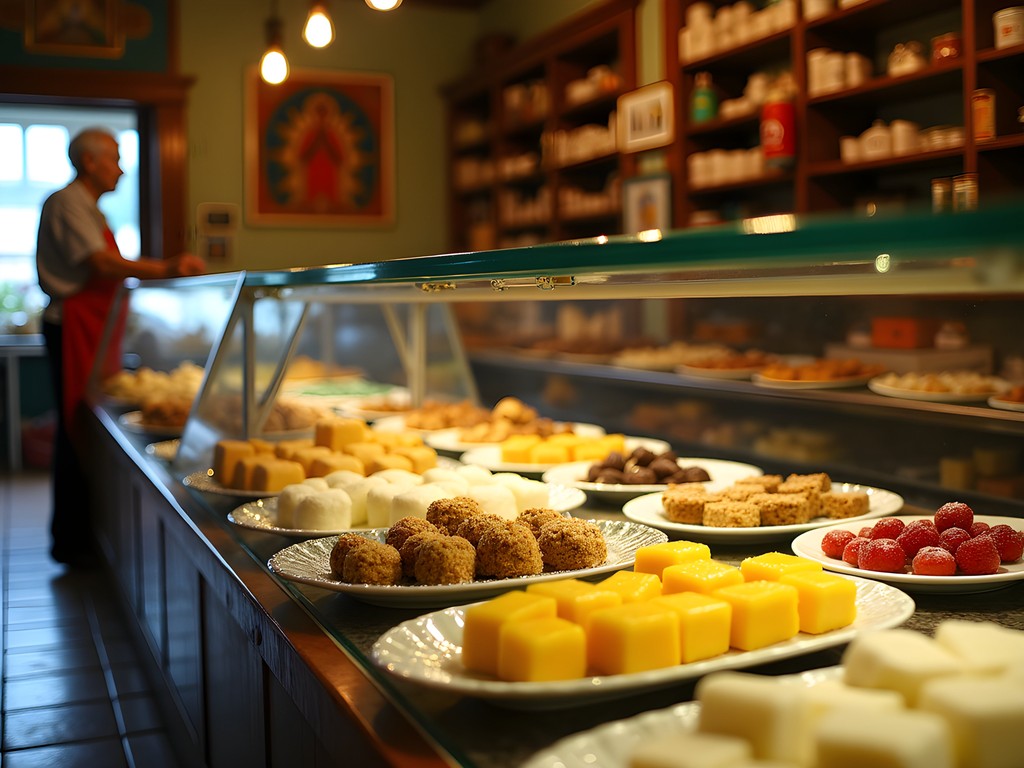
💡 Pro Tips
- Ask for desserts 'sin mucho azúcar' (without much sugar) if you prefer less sweetness
- Many traditional Dominican sweets contain milk—ask about ingredients if you have dairy restrictions
- For the best mamajuana experience, visit small bars where they make their own family recipe
Final Thoughts
As our week in Puerto Plata comes to a close, I find myself sitting on our rental apartment balcony, sipping the last of our mountain coffee and reflecting on our culinary journey. The flavors we've experienced tell a deeper story than any history book—of African, Spanish, and Taíno indigenous influences blending over centuries; of families preserving traditions despite modernization; of a proud culture expressed through generous hospitality.
When Amara and I return to Newark, we'll carry more than just coffee beans and chocolate in our luggage. We'll bring recipes shared by new friends, techniques demonstrated by patient teachers, and the understanding that true Dominican cuisine isn't found on resort menus but in the homes and humble eateries where food is prepared with pride and history.
I encourage you to venture beyond the comfortable confines of all-inclusive properties and seek these authentic flavors. Start small—perhaps with a local guide for your first outing—then gradually explore independently as your confidence grows. The rewards of this culinary courage are immeasurable, creating the kind of travel memories that sustain us long after we've returned home. Puerto Plata's kitchens have stories to tell, if only we're willing to listen.
✨ Key Takeaways
- The most authentic Dominican food experiences happen outside resort properties in family-run establishments
- Engaging with food production—from fishing boats to coffee farms—creates deeper connections to Dominican culture
- Cooking classes offer valuable cultural exchange, especially when traveling with older children
- Dominican cuisine reflects the country's complex cultural history through its blend of African, Spanish, and indigenous influences
📋 Practical Information
Best Time to Visit
October-December (fall to early winter)
Budget Estimate
$75-150 per day for food experiences and transportation
Recommended Duration
5-7 days
Difficulty Level
Beginner

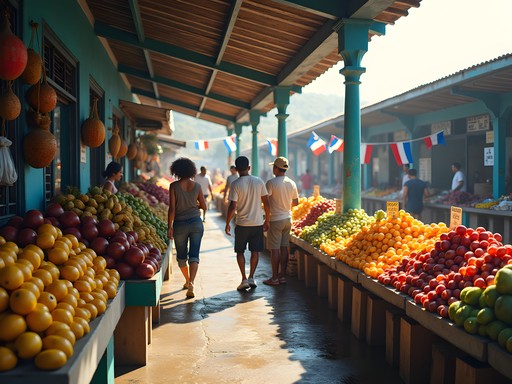
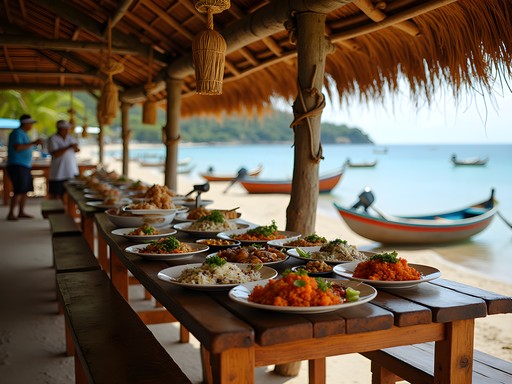
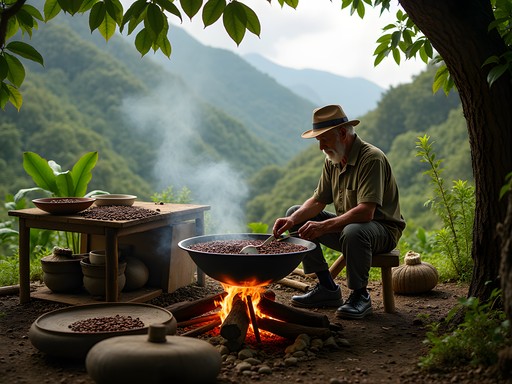






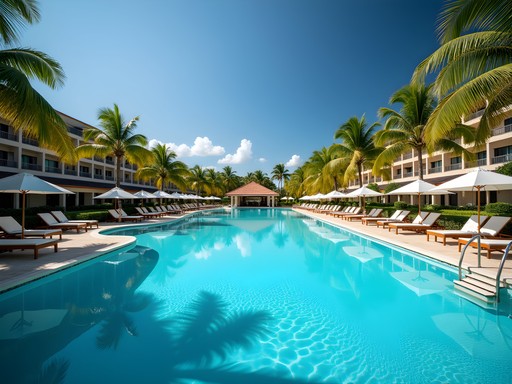
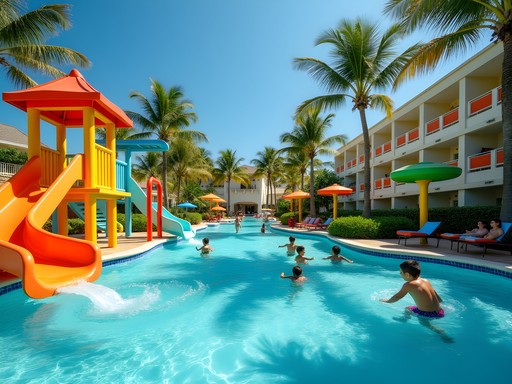




Comments
travelpro
Just booked our trip based on this post! Can't wait to try everything!!
Douglas Bradley
What a refreshing take on Dominican cuisine! Most travel content about Puerto Plata focuses solely on beaches and resorts, but the culinary landscape truly deserves this spotlight. During my research trip last year, I found the fusion of Spanish, African, and Taíno influences fascinating. The use of local root vegetables like yuca and ñame alongside tropical fruits creates a unique gastronomic identity that's distinctly Dominican. I'd add one recommendation to your excellent list: the cacao route through the northern corridor offers an interesting perspective on how chocolate production has shaped local economies and cuisine. The small-batch producers in the area are creating some remarkable bean-to-bar chocolates that rival anything I've tasted globally.
beachwalker
That photo of the fresh fish on the grill made me instantly hungry! We're planning our trip for January and I'm saving this post. Did you find most places accept credit cards or should we bring cash?
redway
Not the author but definitely bring cash for the smaller places! The best food spots were cash only in our experience. ATMs are available but the fees can add up.
beachwalker
Thanks for the heads up! Will definitely come prepared.
redwanderer
Heading to Puerto Plata next month with my kids (8 and 11). Any specific family-friendly local restaurants you'd recommend that won't be too adventurous for picky eaters but still authentic?
Lars Robinson
Try Kaffe Restaurant in the city center - they have kid-friendly options like simple grilled chicken and tostones but also more authentic dishes for adults. My daughter loved the fruit batidos (smoothies) everywhere we went!
redwanderer
Thanks so much! Adding it to our list. Those smoothies sound perfect for the heat.
Nicole Russell
Lars, this is exactly the kind of food guide I needed before my solo trip to Puerto Plata last month! I ended up finding this amazing lady near Playa Dorada who made the best fish with coconut sauce I've ever tasted. I also took one of those market tours you mentioned with a local guide who showed me how to pick the perfect avocados and plantains. Definitely recommend bringing a pocket phrasebook if your Spanish is rusty like mine - it helped me navigate the local markets and actually learn about what I was eating!
travelpro
Nicole, was that fish dish pescado con coco? I had it near Sosúa and still dream about it!
Nicole Russell
Yes! Exactly that! So simple but absolutely incredible. Did you try the habichuelas con dulce for dessert?
travelninja3776
Those mangú photos are making me hungry! Need to visit DR asap!
skymood
This post brought back so many memories! I visited Puerto Plata last year and completely agree about getting beyond the resort. Those little roadside stands with fresh tostones and the seafood at the local spots blow away anything at the all-inclusives. Did you try the sancocho? That hearty stew was my absolute favorite discovery. My daughter still talks about the chocolate tour we did in the mountains!
Lars Robinson
Yes! The sancocho was incredible - Amara couldn't get enough of it. Which chocolate tour did you do? We went with the one at Hacienda La Esmeralda.
skymood
We did the same one! Those chocolate-making workshops were perfect for kids. My daughter still insists we need a metate stone at home haha!
coffeebuddy
Just got back from Puerto Plata and used your blog as our food guide - spot on recommendations! That little comedor near the cable car station was a hidden gem. We tried the mofongo with shrimp and I'm still dreaming about it. The owner even showed us how they make it when we expressed interest. One tip for others: learn basic food words in Spanish before you go - it made our experience so much more authentic!
Sophia Gomez
Lars, your experience with Amara reminds me so much of my first trip to Puerto Plata! I was initially hesitant to leave the resort with my niece, but those food adventures became our favorite memories. For families reading this, I highly recommend the chocolate workshop at Chocolala - they do special kid-friendly sessions where children can create chocolate bars with Dominican cacao while learning about the process. My niece still talks about it a year later! Another gem we discovered was a small comedor called La Cocina de Abuela near the central park - the owner treated my niece like her own grandchild and made her a special version of arroz con leche that wasn't on the menu. These personal connections through food are what make travel so meaningful, especially for kids.
redway
Just got back from Puerto Plata and used this guide extensively - thank you! The seafood at Playa Dorada was exactly as described. We tried the pescado con coco (fish in coconut sauce) and it was life-changing. One thing to add: if you're staying at an all-inclusive, the staff can be incredibly helpful with recommendations. Our bartender Jorge drew us a map to his mother's restaurant in town where we had the best mangú breakfast. Don't be shy about asking locals where THEY eat!
Venture X
Premium card with 2X miles, $300 travel credit, Priority Pass